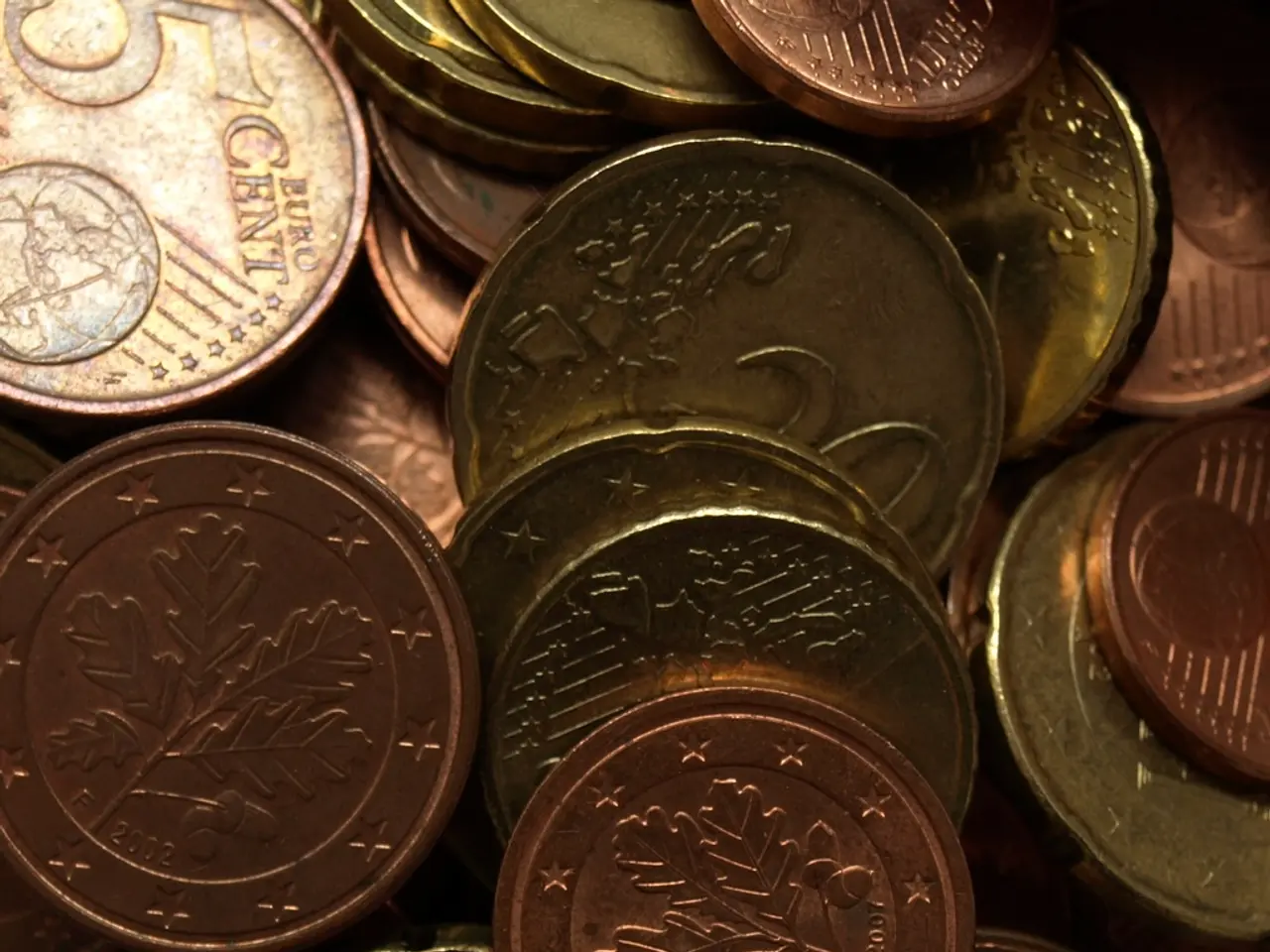Decline in Bitcoin Deposits to Cryptocurrency Platforms Reaches 2016 Standards
In the final weeks of 2024, the daily number of Bitcoin (BTC) deposits to exchanges fell to 30,000, a significant drop from the 10-year average of 90,000. This decline, according to CryptoQuant analyst Alex Adler Jr., could signal an upcoming rally for Bitcoin.
Reduced Selling Pressure and Market Sentiment
When fewer BTC are deposited into exchanges, it typically means less Bitcoin is available for selling. This reduction in supply can lead to less downward pressure on the price, as there are fewer coins entering the market to be sold. Moreover, a decrease in deposits can indicate a bullish sentiment among holders, suggesting they are less inclined to sell their coins. This sentiment can reinforce positive price movements if the market perceives a scarcity of supply.
Lower Inflow-to-Reserves Ratio and Market Dynamics
A lower inflow-to-reserves ratio indicates that the amount of Bitcoin held in exchange reserves is not increasing as quickly as it might have been. This can signal a decrease in the overall supply of Bitcoin available for trading on exchanges. A lower ratio can lead to reduced market liquidity, which might exacerbate price volatility. However, if the lower ratio is due to a decrease in deposits for selling, it could also indicate a stronger market sentiment, potentially supporting price increases.
Potential Price Movements
The current decline in Bitcoin deposits and the inflow-to-reserves ratio could potentially indicate an upcoming rally for Bitcoin. If the decrease in deposits and lower inflow-to-reserves ratio are signs of a strong market sentiment and reduced selling pressure, it could lead to a stabilization or increase in Bitcoin's price. The lowest levels of BTC deposits might lead to a Bitcoin shortage in the spot market, a trend observed before major Bitcoin rallies.
However, it's important to note that the combination of factors could also lead to increased price volatility, as market movements become more sensitive to changes in supply and demand. Analysts warned earlier in December about the possibility of a deeper Bitcoin price correction before reaching a new all-time high. The implications depend heavily on broader market conditions and investor sentiment.
During bear markets, experienced investors often buy coins from distressed sellers at around $17,000. If the current trend continues, this could potentially lead to a similar situation, with fewer sellers and more buyers, driving up the price. However, if these trends are part of a larger economic or market downturn, they could contribute to increased volatility and potential price drops.
In conclusion, the decrease in BTC deposits to exchanges and the lower inflow-to-reserves ratio could be significant indicators of potential Bitcoin price movements. While they might signal a bullish scenario, it's crucial for investors to consider the broader market context and make informed decisions based on their risk tolerance and investment strategy.
Crypto exchanges could benefit from the lower inflow-to-reserves ratio, as it might lead to reduced market liquidity and increased price volatility, yet potentially support price increases if the lower ratio is due to a decrease in deposits for selling. Retail investors and institutional investors who specialize in cryptocurrency finance and technology might perceive the reduced selling pressure and bullish sentiment as an opportunity for investing in Bitcoin, expecting an upcoming rally.




